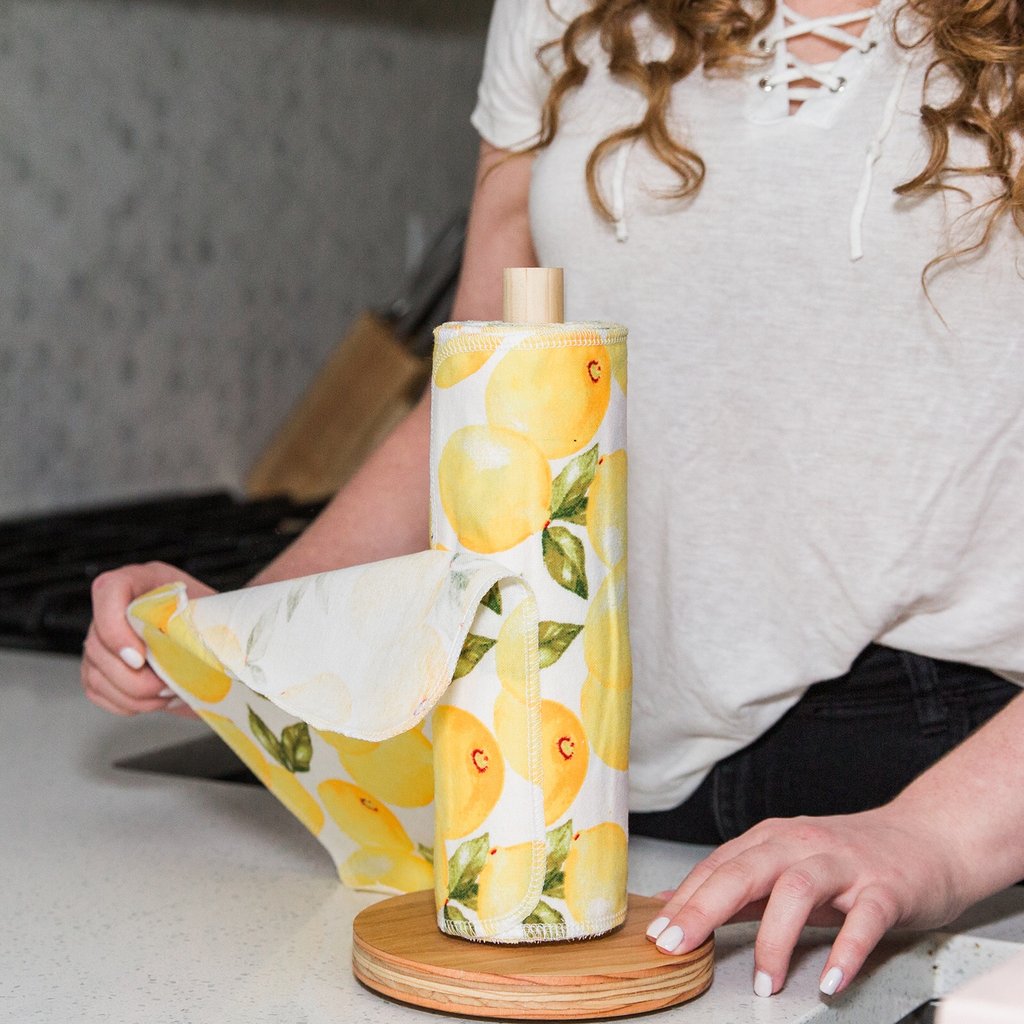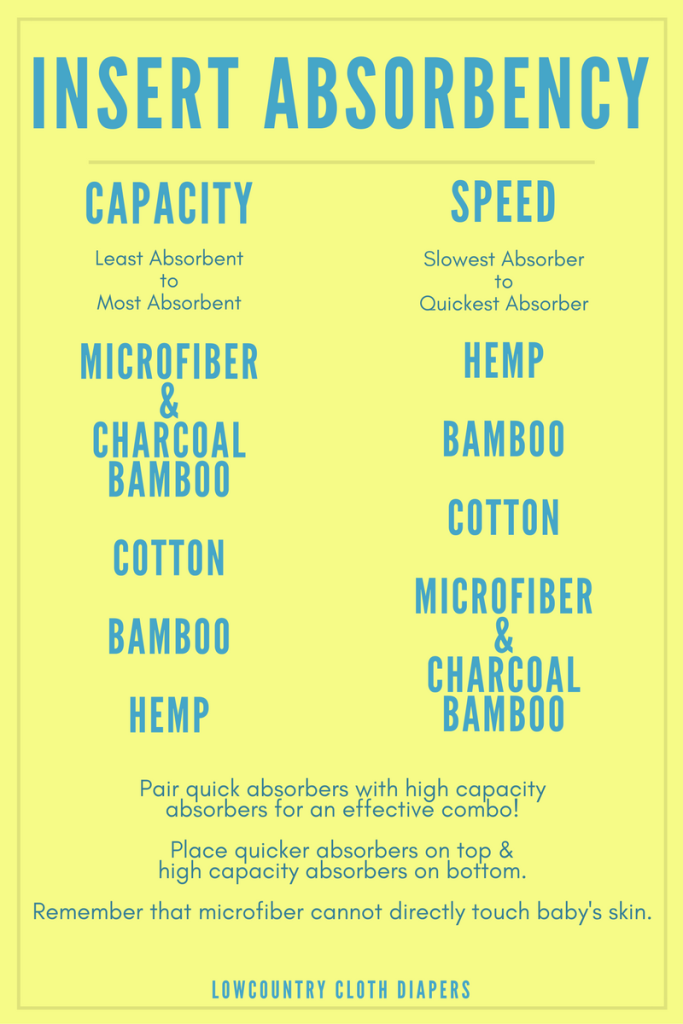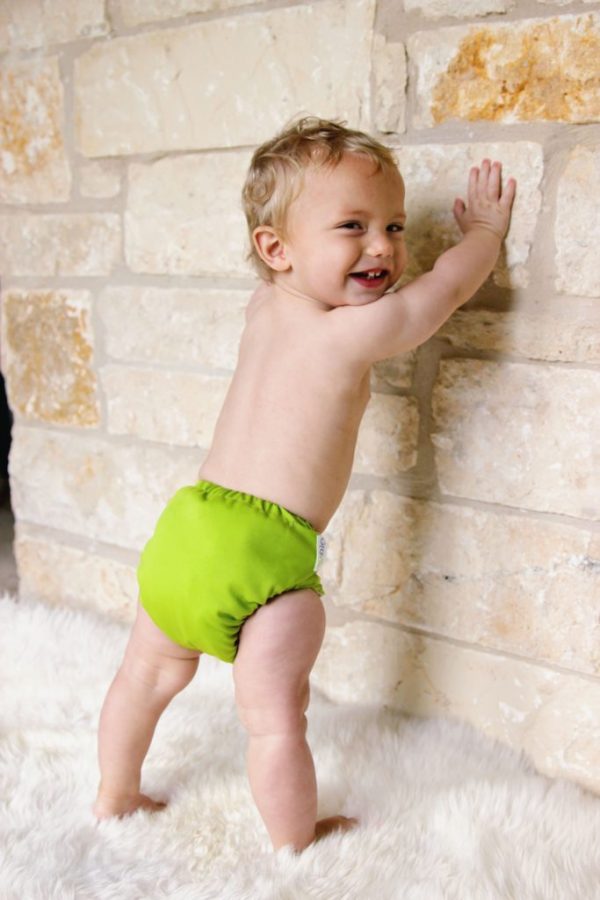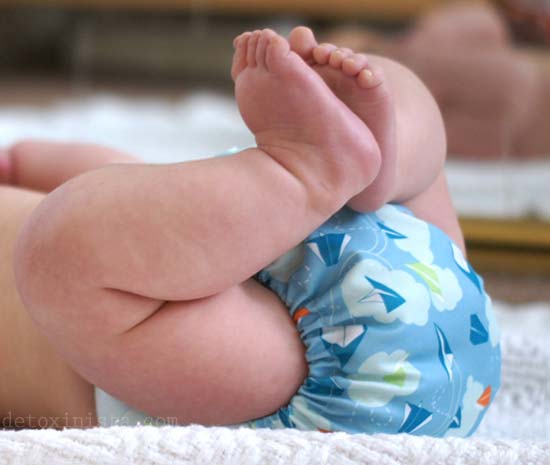Happy New Year!
I adore this time of winter–I love reflecting on the past year and planning for the next one. The week between Christmas and New Year’s for me is usually filled with quiet, homebody hygge stuff like journaling and setting goals and doing nothing. This year was a little busier with family in town, which is also good, so I am just a bit behind.
My books this year were quite…specialized =D Reading lists really reveal a person, amiright? I read a lot less than normal this year because I got sucked into so many podcasts! Which are also great, but I get overwhelmed by the infinitude of podcasts. It’s also why I always preferred movies to TV shows: they’re endless! Movies and books give a sense of accomplishment; podcasts and TV make me feel overwhelmed. haha. Anyway. I’ll be recalibrating again in 2022, although I’m planning on using my short spurts of alone time to study instead of read, so I don’t know when I’ll ever get back up to 100 books a year, but who knows?
KEY:
WJ = read aloud/listened with James
WM = read aloud to Maggie
AB = audio book
RR = re-read
BC = book club
REC = recommended to me
NF = nonfiction
F = fiction
IMH = a real book I held in my hands
EB = E-book
- Circe, Madeline Miller: F, REC, BC, AB
I did a little mini-review of these first few books in this blog post. - Jack, Marilynne Robinson: F, BC, IMH
- Ella Minnow Pea: A Novel in Letters, Mark Dunn: F, REC, IMH
Side note: My two-year-old pronounces “L M N O P” as “Ella Mona P” and it is the cutest. - The Book Woman of Troublesome Creek, Kim Michele Richardson: F, AB
- Before We Were Yours, Lisa Wingate: F, REC, IMH
- Oathbringer, Brandon Sanderson: F, WJ, RR, AB/IMH
- The Opposite of Loneliness, Marina Keegan: NF, AB
These next few I reviewed in this blog post. - They Can’t Kill Us Until They Kill Us, Hanif Abdurraqib: NF, REC, BC, EB
- The Dance of the Dissident Daughter, Sue Monk Kidd: NF, REC, IMH
- Jabbok, Kee Sloan: F, REC, IMH
- Elevating Child Care: A Guide to Respectful Parenting, Janet Lansbury: NF, IMH
- Evicted: Poverty and Profit in the American City, Matthew Desmond: NF, BC, AB
- The Poet of Baghdad, Jo Tatchell: NF, IMH
- Burnout: The Secret to Unlocking the Stress Cycle, Emily Nagoski and Amelia Nagoski: NF, REC, IMH
- The Lying Game, Ruth Ware: F, IMH
- Homespun and Angel Feathers, Darlene Young: Poetry, REC, IMH
- Rhythm of War, Brandon Sanderson: F, WJ, IMH/AB
Another great installment in a Sanderson series we love. - My Plain Jane, Cynthia Hand, Brodi Ashton, and Jodi Meadows: F, AB
This was the second in the “The Lady Janies” series. The Jane in question is Jane Eyre, who can see ghosts. Very funny commentary on some of the ridiculosities of Jane Eyre, and all-in-all a fun time. Ultimately, I liked My Lady Jane more (I absolutely loved it), and I didn’t even finish My Calamity Jane, the third in the series, so maybe the novelty wore off for me. - Enchantments: A Modern Witch’s Guide to Self-Possession, Mya Spalter: NF, IMH
Ah, here’s where my 2021 reads become highly specialized: I got into witchy things this year! Witchiness is very fun to me, so I read quite a few beginner witch books. Enchantments was excellent. Apparently there’s a witchy shop in NYC called Enchantments and Spalter worked there for a long time. Spalter herself is very fun to listen to, and this was a mix of how-to and snippets of stories from the store. - Practical Magic: A Beginner’s Guide to Crystals, Horoscopes, Psychics, and Spells, Nikki Van De Car: NF, IMH
This is a beautifully illustrated book, but the content was much too skimpy for me. I get the goal of a broad primer, but there just wasn’t enough depth in any subject. My least favorite witchy book I read for that reason. - Magic Lessons, Alice Hoffman: F, AB
This is the last of the Practical Magic series (yes, the book the 90s movie with Sandra Bullock and Nicole Kidman is based on) and the whole series is a treat. If you liked the movie, you’ll like the books. - The Crucible, Arthur Miller: D, IMH
I wanted to read this in preparation for a trip to Massachusetts and a quick visit to Salem. I’d never been to Salem before and somehow I also didn’t read this in high school. Um, didn’t love it. I think I just wasn’t digging reading a drama; Magic Lessons also takes place during the Salem witch trials, and maybe because I read them simultaneously, I just preferred the fictionalized take over reading a play. The Salem witch trials are fascinating and heartbreaking, but the play was maybe too surface-level for me. I wanted some depth, longer time with the characters.
- Salvage the Bones, Jesmyn Ward: F, BC, IMH
Oooo, this was beautiful. Ward is an excellent writer. The novel takes place over 12 days leading up to Hurricane Katrina for a small family already unmoored. - A Discovery of Witches, Deborah Harkness: F, IMH
They turned this and its sequels (the All Souls trilogy) into a TV series and I MUCH prefer the books. Everything that was cool in the books was a little hokey in the show. Did that stop me from watching the show? No, no it did not. =) It was an enjoyable read for sure. I was slightly bugged that magick seemed to come so easy for Diana, and I don’t know how she and Matthew are going to escape the Twilight dilemma, but I won’t get into that here. - The Paper Magician, Charlie N. Holmberg: F, IMH
I came across this while perusing in the library and thought it was a fun little book. I thought it needed to be longer and deeper as far as character development goes, but it was still a fun little book. - Shadow of Night, Deborah Harkness: F, IMH
The second in the All Souls trilogy. Still fun. - Reiki: A Comprehensive Guide, Pamela Miles: NF, IMH
Ah, yes, another area of specialized reading for me this year: Reiki! If you haven’t heard yet, I certified in Reiki this year and started up my own little Reiki business. (Follow me on Instagram! @LightningPeakWellness) I’m still soaking up as much Reiki info as I can get and I appreciated this hefty book that I’m sure I’ll reference for years to come. - The Eyre Affair, Jasper Fforde: F, REC, AB
Well this was a trip. A sort of lighthearted literary crime/detective novel in a dystopian future England with lots of humor and weirdness. - So You’ve Been Publicly Shamed, Jon Ronson: NF, BC, IMH
Ah, cancel culture! This book kind of follows the evolution of cancel culture and shares lots of examples. It was a really good way to dive into what it actually is–I’ve heard “cancel culture” bandied about for years and I didn’t really get what that meant exactly–like, the stakes, the examples, the real-life repercussions. I think it’s all gotten out of hand and I really reject cancel culture because I really promote *accountability and change* which cancel culture is not actually interested in. - The Book of Life, Deborah Harkness: F, IMH
The last book of the All Souls Trilogy. - The Heroine’s Journey: Woman’s Quest for Wholeness, Maureen Murdock: NF, REC, IMH
I wanted this book to be more of a handbook, which it wasn’t. Still valuable and I’ll probably return to it in the future.
- No Bad Kids: Toddler Discipline Without Shame, Janet Lansbury: NF, IMH
I’m still jammin’ with gentle parenting! If you have any other gentle parenting books or authors you love, I’m always looking for recommendations. - Braiding Sweetgrass: Indigenous Wisdom, Scientific Knowledge, and the Teaching of Plants, Robin Wall Kimmerer: NF, AB
Ohhh I loved this. Absolutely gorgeous. Read it.
- Witchery: Embrace the Witch Within, Juliet Diaz: NF, IMH
Much more in-depth witchy guide with lots of spells and rituals. - Cosmic Health: Unlock Your Healing Magic with Astrology, Positive Psychology, and Integrative Wellness, Jennifer Racioppi: NF, REC, IMH
Also explored astrology this year! 2021 opened up whole corners of the universe that I hadn’t really given much thought to before. It’s been a very fun learning year. I’m really jamming with cyclical living: living in sync with the natural cycles around and within us. This book helps you see and understand some natural and cosmic patterns and how you can individually capitalize or mitigate them. - Herbal Magic: A Handbook of Natural Spells, Charms and Potions, Aurora Kane: NF, IMH
Came across this in TJ Maxx and it was a lovely little surprise find! It’s beautifully illustrated and full of herbal info–a great little reference book that I surprisingly enjoyed sitting down and reading cover to cover. - The Opposite of Spoiled: Raising Kids Who Are Grounded, Generous, and Smart About Money, Ron Lieber: NF, AB
Excellent book to help me start thinking about how we might approach the concept of money, allowance, questions about money, etc. with our daughter. Spoiler: I don’t think I’ll be doing allowance.
- Wheels of Life: A User’s Guide to the Chakra System, Anodea Judith: NF, IMH
More Reiki-adjacent reading. This is a great book about the chakras if you’re looking to learn more about the energetic centers in our bodies. Lots of info. - Wild Power: Discover the Magic of Your Menstrual Cycle and Awaken the Feminine Path to Power, Alexandra Pope and Sjanie Hugo Wurlitzer: NF, REC, IMH
I love this book! I’ve been recommending it left and right. I’ve had an IUD for the past few years and have therefore not had a period. The past few months, as I’ve been exploring cyclical living especially, I missed having that natural rhythm in my life and felt like I was missing out on some key experiences that are a fact of this phase of my life. So I got my IUD out and welcomed back my period! And I have *enjoyed* it. Seriously wild. I love this book and how it helps me aim to *experience what I experience* rather than avoid it or dread it. I’m only just beginning my menstrual cycle awareness journey, but there is so much self-knowledge waiting to be discovered here. - Feminism Is for Everybody: Passionate Politics, bell hooks: NF, BC, EB
I also started hosting a feminist book club this year! I am floored that I’ve never read so many foundational feminist texts, so this is a great way to do that. I am loving it all so far. Bell hooks wrote this book to be a short, easy access point on lots of feminist topics that’s easy to digest and not overly academic. You can find a free PDF online! - The Book of Longings, Sue Monk Kidd: F, REC, IMH
This book has been swirling through my friend circles since its release and I finally got my hands on a copy. I wasn’t sure how I’d feel about it; the era isn’t really my thing, for one. But I *adored* it. I don’t want to spoil it for you by setting up any expectations (I think the publisher made some mistakes in the marketing), but please just go read it. It’s important. And lovely. - The Chalice and the Blade: Our History, Our Future, Riane Eisler: NF, BC, IMH
Oof! We’ve been taught the wrong (or at least tragically incomplete) history of humanity, folks. This book is a little dense because it’s detailing history and archeological findings of ancient civilizations more so than aiming to be a breezy read. It is well worth it, though! Please read this to see the reality of pre-dominator model societies. It’s heartbreaking to me that we’ve been floundering in dominator models for so long. There is another way! - Beartown, Fredrik Backman: F, AB
I love Backman, but this was maybe my least favorite of his that I’ve read so far. The book wasn’t bad by any means, it was just a little heavier without as much of a lift. It’s stayed with me, though.
- A Place to Hang the Moon, Kate Albus: F, REC, AB
A cute little WWII YA about love and family and finding your people. - The Invisible Life of Addie LaRue, V.E. Schwab: F, REC, WJ, IMH
I feel like everyone and their dog has read this, and it was a fun one! I read it aloud to James, which made it extra fun. It was quite predictable, but still a fun ride.
Favorite fiction: Circe and The Book of Longings (I can never just pick one!)
Favorite nonfiction: The Dance of the Dissident Daughter is life-changing and everyone needs to read it.
Book I’d recommend to everyone: In addition to the three above, The Chalice and the Blade because it’s imperative that the general public gets a more accurate view of the history of civilization.
Best series: The Practical Magic series by Alice Hoffman
Total pages: 16,909
Most underrated book: Salvage the Bones
Most overrated book: The Crucible





















